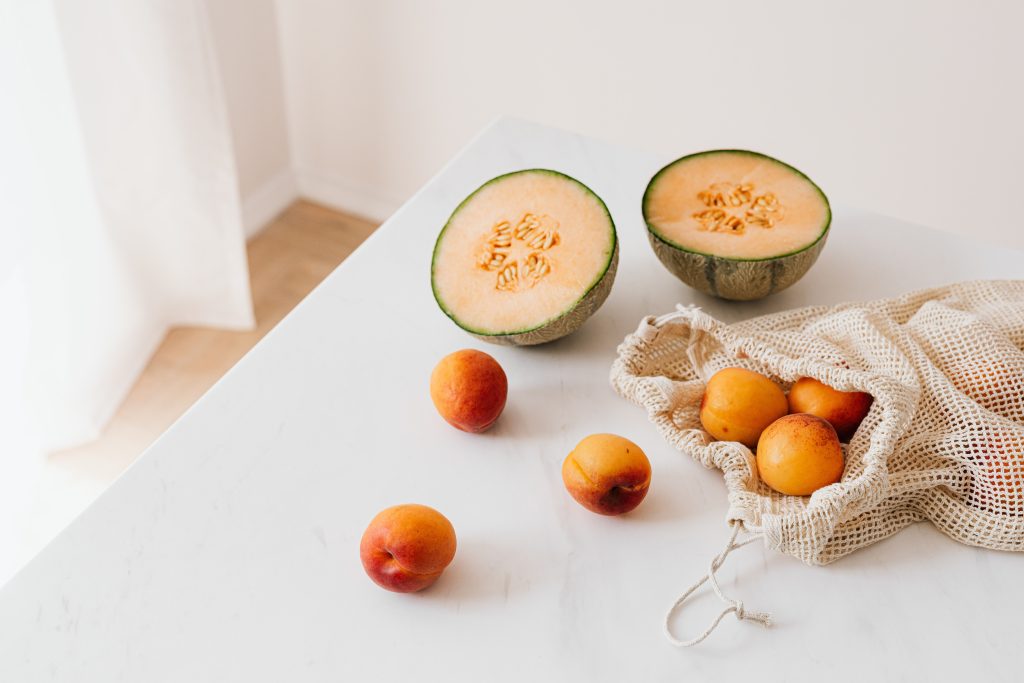Water is a precious resource that we often take for granted. In the kitchen, it can be easy to waste water without even realizing it. From washing dishes to cooking meals, there are numerous ways we can reduce water usage in our kitchens. By being mindful of our water consumption, we can not only save money on utility bills but also help conserve this essential resource for future generations.
One of the easiest ways to reduce water usage in the kitchen is by fixing leaks. A dripping faucet may not seem like a big deal, but over time, those drips can add up to a significant amount of wasted water. Not only is fixing leaks good for the environment, but it can also save you money on your water bill. Check for leaks in your kitchen sink, faucet, and any connecting pipes, and make repairs as needed.
When washing dishes by hand, it’s important to be mindful of how much water you’re using. Instead of letting the water run continuously while scrubbing dishes, consider filling one side of the sink with soapy water and the other with clean water for rinsing. This not only saves water but also helps conserve energy by reducing the amount of hot water you use.
If you have a dishwasher, make sure to only run it when it’s full. Running a half-empty dishwasher wastes water and energy, so wait until you have a full load of dishes before starting the cycle. Additionally, consider skipping the pre-rinse cycle if your dishes aren’t too dirty. Most modern dishwashers are designed to handle food residue, so pre-rinsing is often unnecessary.
When cooking, there are also ways to reduce water usage. Instead of boiling ingredients in a large pot of water, consider steaming them or using just enough water to cover the food. This not only saves water but also helps retain more nutrients in your meals. If you do need to drain water from boiled foods, consider saving it to use for watering plants or in soups and stews.
Another way to reduce water usage in the kitchen is by using water-saving appliances and fixtures. Consider investing in a low-flow faucet aerator, which can reduce water usage by up to 30% without sacrificing water pressure. You can also install a low-flow showerhead in your kitchen sink to further reduce water usage. Additionally, if you’re in the market for a new dishwasher or washing machine, look for models that are Energy Star certified, as they are designed to be more water and energy efficient.
In addition to these practical tips, there are also behavioral changes you can make to reduce water usage in the kitchen. For example, try to be more mindful of how much water you’re using when washing fruits and vegetables. Instead of letting the faucet run while you rinse produce, consider using a bowl or colander to conserve water. You can also collect and reuse water from rinsing produce for watering plants or cleaning.
When it comes to drinking water, consider investing in a water filter or purifier instead of buying bottled water. Not only does this reduce plastic waste, but it also saves water by eliminating the need to produce and transport bottled water. If you prefer cold water from the tap, keep a pitcher of water in the fridge instead of running the tap until the water is cold.
Overall, reducing water usage in the kitchen requires a combination of small changes and mindful habits. By being conscious of how much water we use and making simple adjustments to our daily routines, we can make a big impact on conserving this essential resource. Whether it’s fixing leaks, using water-saving appliances, or being more mindful of our water consumption, every little bit helps. Making these changes not only benefits the environment but also saves you money on utility bills in the long run. So next time you’re in the kitchen, think about how you can reduce your water usage and make a positive difference for the planet.

